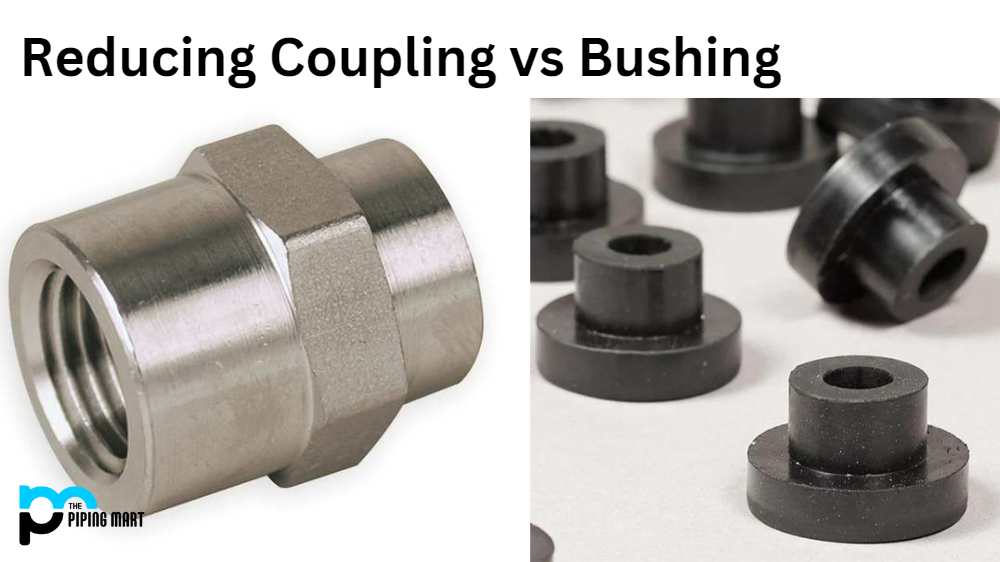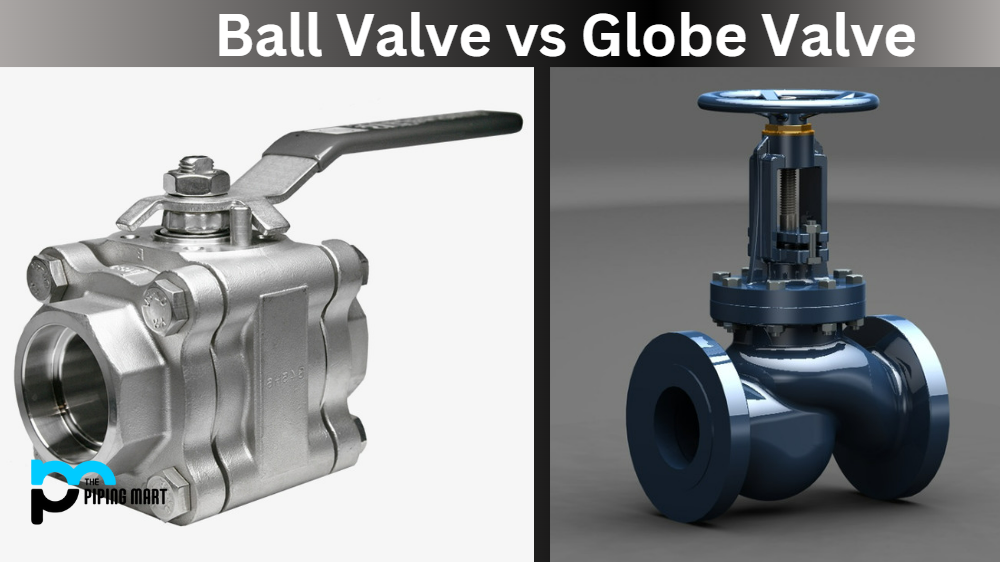When it comes to engineering applications, coupling and bushing are two components that are often used in the same application. But which one should be used? It all depends on the application and what you’re trying to achieve. Let’s take a look at the differences between coupling and bushing and when each should be used.
What is a Coupling?
A coupling is a mechanical device that connects two rotating shafts together to transmit power from one shaft to another. This allows for an easy way to connect two devices without using additional hardware or complicated wiring. The benefit of using a coupling is that it can reduce vibration, improve alignment between two shafts, and provide protection against overloads. Additionally, couplings are available in different configurations, such as flexible, rigid, or combination types, depending on the application requirements. A reducing coupling is a type of fitting that is used to connect two pipes of different sizes. The smaller pipe is connected to the larger pipe via a threaded connection. Reducing couplings are typically used when connecting a smaller-diameter pipe to a larger-diameter pipe.
What is Bushing?
A bushing is a type of mechanical bearing used to reduce friction between two surfaces while allowing them to move freely. Typically, both ends of the bushing will have threads so they can be screwed into place. The benefit of using a bushing over other traditional bearings is that they require less maintenance since no lubricants are required for operation. Additionally, bushings can also reduce noise by dampening vibrations during the rotation of the connected parts. A bushing is a type of fitting that is used to connect two pipes of different sizes. The smaller pipe is connected to the larger pipe via a socket connection. Bushings are typically used when connecting a smaller-diameter pipe to a larger-diameter pipe.
Difference Between Reducing Coupling and Bushing
Advantages of Reducing Couplings
One advantage of reducing couplings is that they provide a more secure connection than bushings. This is because the threaded connection offers more excellent resistance to pull-out than the socket connection. Additionally, reducing couplings are less likely to leak than bushings.
Advantages of Bushings
One advantage of bushings is that they are easier to install than reducing couplings. This is because there is no need to thread the smaller pipe into the fitting. Additionally, bushings are less likely to leak than reducing couplings.
Disadvantages of Reducing Couplings
One disadvantage of reducing couplings is that they can be difficult to remove once they have been installed. This is because the threads can become damaged during installation, making it difficult to unscrew the fitting. Additionally, reducing couplings are more likely to leak than bushings.
Disadvantages of Bushings
One disadvantage of bushings is that they are less strong than reducing couplings. This is because the socket connection can become loose over time, which can cause the fitting to pull out from the larger pipe.
Conclusion:
Couplings and bushings play an essential role in engineering applications by supporting rotating parts while reducing vibration and noise levels. While both components serve similar purposes, each has its own advantages and disadvantages depending on the application requirements. Understanding these differences can help you make informed decisions when selecting project components. Whether you choose coupling or bushing, consider factors such as load capacity, speed requirements, operating temperatures, and environmental conditions before selecting. Considering these criteria beforehand, you will ensure optimal performance for your engineering projects.
Meet Heer, a dynamic and driven writer learning tricks of her trade in the metal industry. With a background in Digital Marketing, Heer brings a unique perspective to her writing, sharing valuable insights. Apart from blogging she like reading and hiking.




